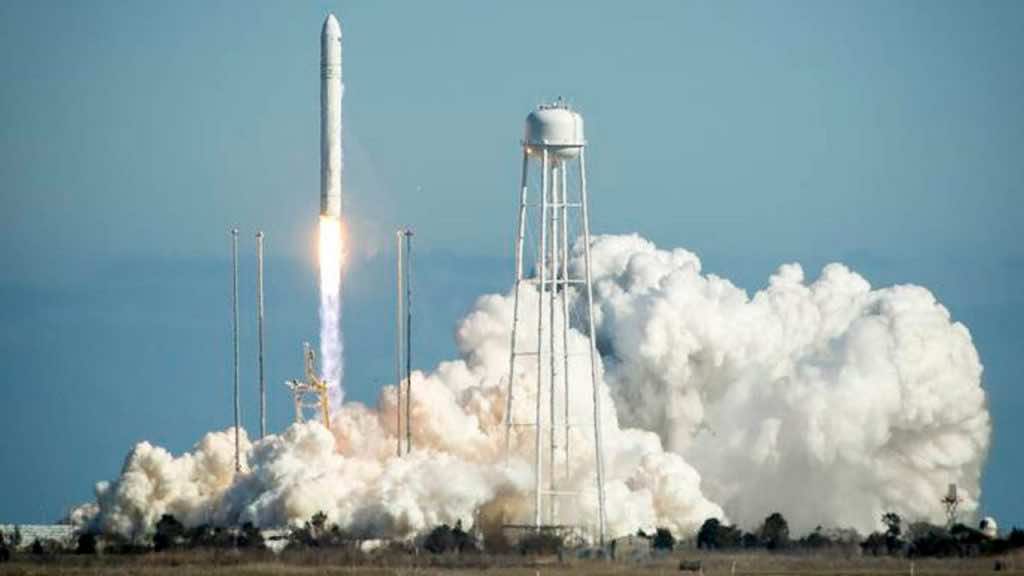The most regularly utilized rocket propellant is petroleum and has been linked to a number of severe environmental effects. They may contaminate the soil for generations, increase the risk of cancer, and emit acid rain, ozone holes, and greenhouse gases such as carbon dioxide. Ammonia borane is being utilized to store hydrogen in fuel cells, which power electric automobiles. UCR scientists now comprehend how this boron-hydrogen mixture can generate enough electricity to launch missiles and satellites. According to a recent UC Riverside study, a chemical used in electric vehicle batteries might potentially provide carbon-free fuel for space flight.
In addition to lowering emissions, this chemical offers various advantages over other forms of rocket fuels, including increased energy, cheaper prices, and no waste. The fundamental chemistry of ammonia borane breakdown blocks the flow of its complete energy during interaction with the majority of oxidizing agents. However, the scientists discovered an oxidizer that modifies the disintegration and oxidation processes of this fuel, allowing the complete energy potential to be extracted. In addition, as opposed to hydrocarbon fuels, ammonia borane releases more energy, which may result in cost savings because less of it is needed to power the same trip. Catalysts and oxidizers are added to the fuel to provide more oxygen in order to liberate energy from the fuel and permit combustion. Catalysts are frequently used in fuel cell technology for this reason. They speed up combustion, but they also remain in the same form before and after the process.
Some rocket propellant, in terms of producing undesired by-products, needs storage in sub-freezing conditions. “NASA utilized liquid hydrogen, which has a very low density,” Ghildiyal explained. “As a result, it needs a lot of room as well as cryogenic temperatures for servicing.” This fuel, on the other hand, is stable at normal temperature and resistant to high heat. The researchers developed very small, nanoscale ammonium borane particles in their study, which might disintegrate over the course of a few months in very moist settings.
The researchers are now investigating how ammonium borane particles of various sizes age in diverse settings. They’re also working on ways to wrap fuel particles with a protective coating to improve their durability in damp circumstances. According to the research, this chemical offers several benefits over existing forms of rocket fuels, including more energy, lower prices, and no requirement for cold storage. This is critical because, as more rockets explode into the sky, the consequence of rocket emissions is becoming a much more contentious issue.
The studies suggest to have worked out the core components that fuel this fuel and oxidizer mixture, and they’re eager to see how all these functions on a broader scale. They are also looking at how different shapes and sizes of ammonium borane particles mature in different environments, as well as ways for wrapping fuel particles in a protective coating to increase their longevity in moist settings.

